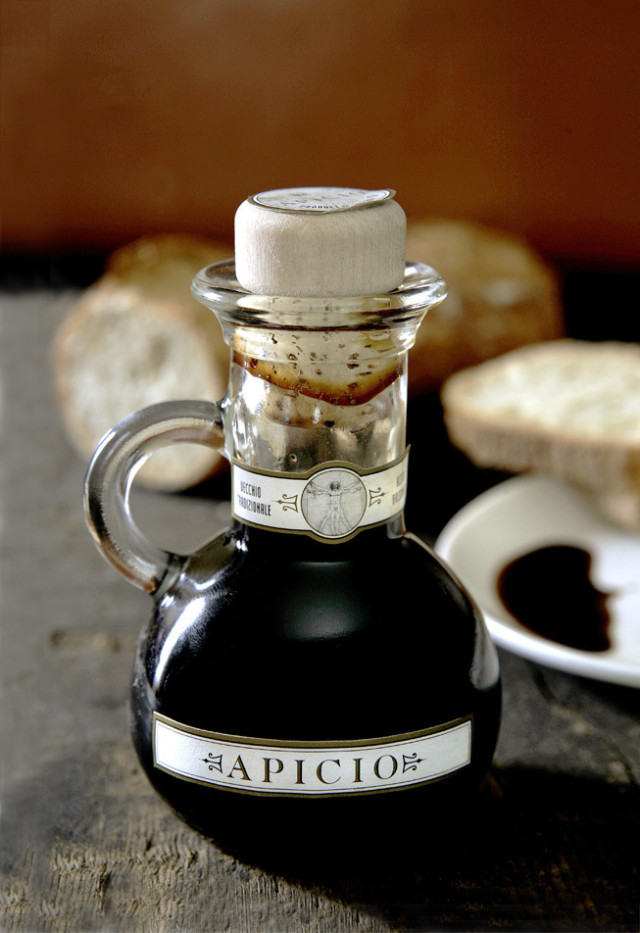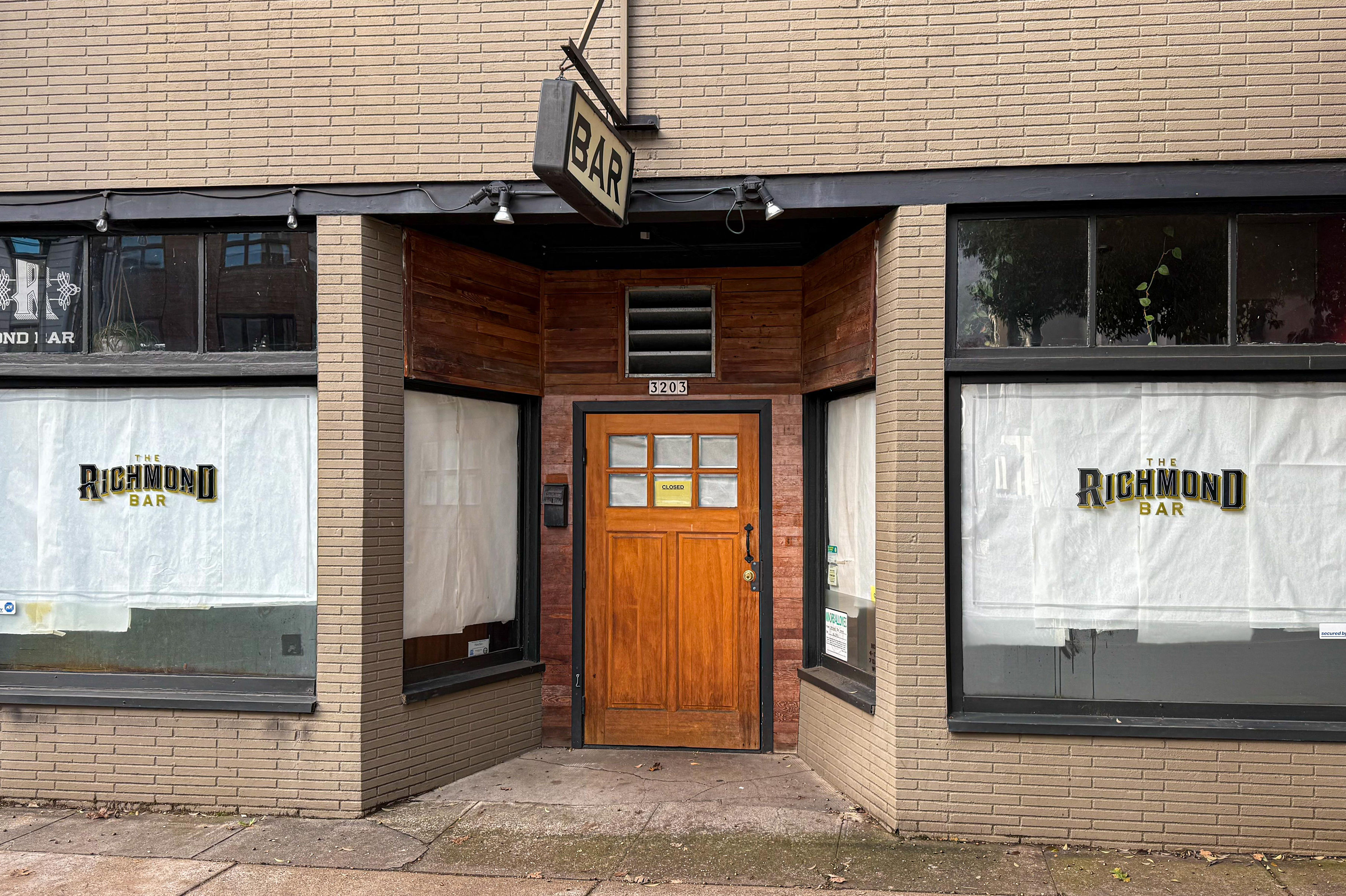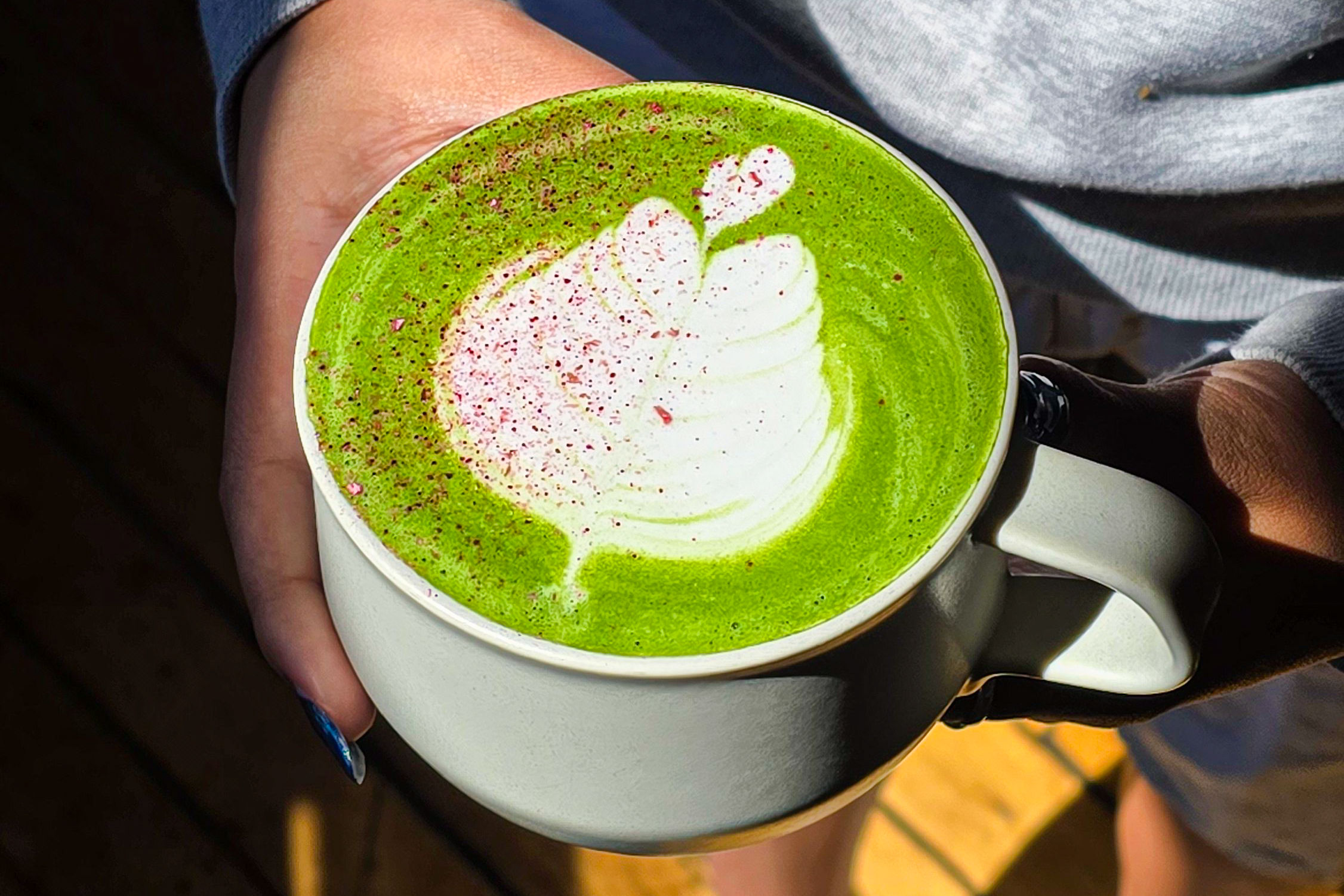Pass the Vinegar

Image: Thomas Oliver
DRIVING WEST from Portland on SW Grabhorn Rd, I glimpse, far off in the distance, undulating hills dotted with grapevines. But I’m not in pursuit of wine. Instead, I’m on my way to Cooper Mountain Winery to sample something else made from grapes: true balsamic vinegar.
Far from the caramel-spiked, thinly rendered “balsamic” we’re used to buying, traditional balsamic vinegar is remarkably luscious, thick and syrupy—in fact, Italians often drink little cups of it as a digestif. Up until 2006, when Cooper Mountain released its first bottling, true balsamic was only produced in the Italian state of Emilia-Romagna, where it’s made from lambrusco and trebbiano grapes and aged in wooden barrels for at least 12 years. At Cooper Mountain, the property’s 30-year-old chardonnay and pinot vines provide the juice for its vinegar, dubbed Apicio. And although the winery takes a few shortcuts—such as gently heating the grape juice for the first few months to simulate Italian summers, and bottling their first batch after only six years—I’d heard that the results taste no less authentic.
At the top of Cooper Mountain’s driveway, I’m greeted by Robert Gross, a trim man in his late 60s. Gross, who founded Cooper Mountain as a winery in 1978, became enamored with real balsamic during a trip to Italy in 1998. “I tasted some fresh Parmigiano-Reggiano sprinkled with balsamic and thought, Why aren’t we making this?” he remembers.
Gross soon found out that making true balsamic is much trickier than making wine. “The process is so low-tech, and there are no hard and fast formulas,” Gross explains. “I had to rely on going to Italy and forging friendships there.” After five trips to Modena over the course of six years, Gross began making his first batch of what would be a six-year-old balsamic vinegar in 2000.
Once inside the barrel room, Gross walks me through the process, pointing to two stainless-steel vats filled with grape juice that will be boiled down to half of its original volume. After that he’ll add yeast to initiate fermentation. But it’s what’s next, Gross says, that defines true balsamic. After a bit of older balsamic is added and the batch has undergone a second fermentation, it will be poured into a different wooden cask each year—first cherry, say, then mulberry, then juniper and so on. Such a process imparts flavor to the vinegar that is more complex than if it were fermented in a metal or plastic barrel as most commercial vinegars are.
The result is a condiment that morphs on the tongue, moving from cherry to earthy mushroom to molasses, then lemon, all in one drop. Considering that a 10-centiliter bottle will run you up to $60, the fact that one drop packs so much strength seems a good thing.
But is it as good as the real stuff from Italy? Darryl Joannides, the owner of Cork wine shop on NE Alberta and the only retailer to carry the vinegar in Portland, is willing to vouch for it. “It’s pretty darn close to the stuff from Italy,” he says.
After returning home, I taste Cooper Mountain’s 6-year-old version against a 12-year-old certified Italian aceto balsamico tradizionale. While the Italian rendition tastes deeper and more complex, the Oregon vinegar is thick, juicy, and bright. It reminds me of the difference between a French pinot noir and one from the Willamette Valley. Neither one is better than the other. Rather, Cooper Mountain offers its own interpretation of an ancient delicacy, one that—like the French eventually did with our pinots—even the Italians might someday embrace.




